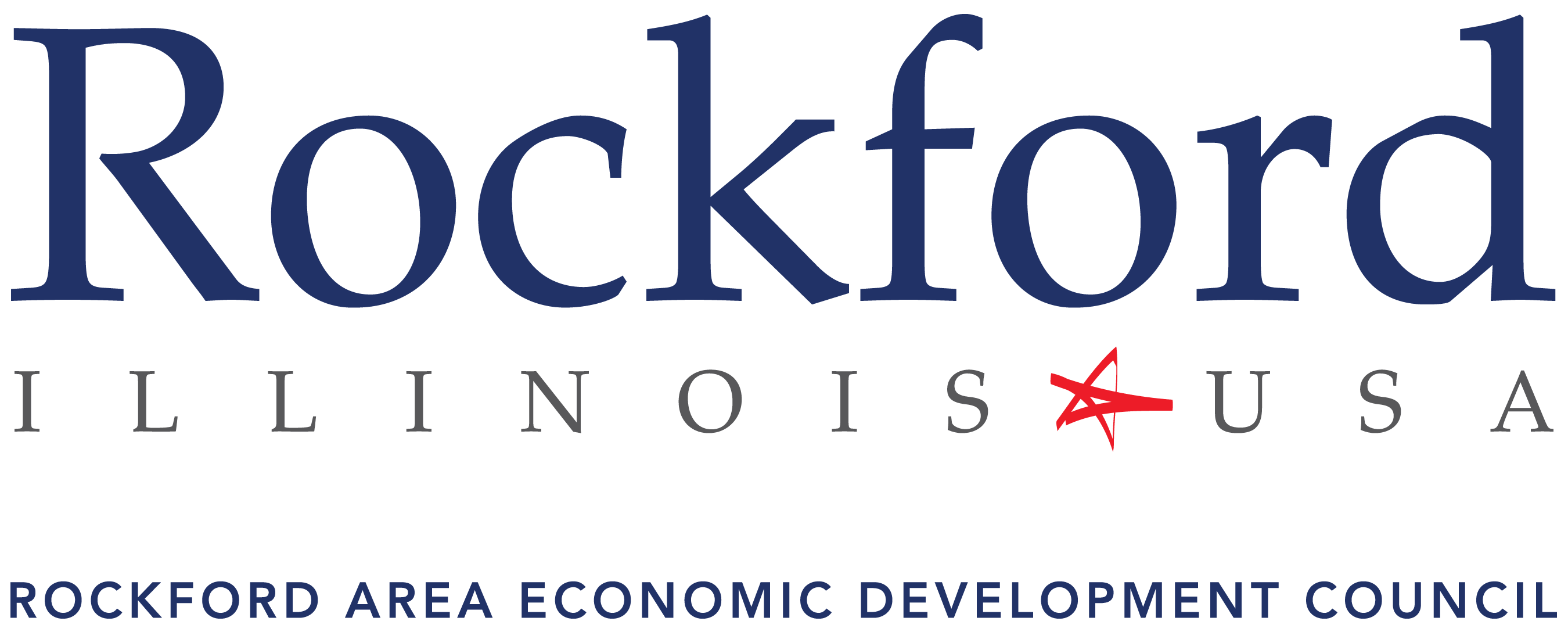 |
| Stacy Bernardi VP for Development at the RAEDC |
I had the pleasure of attending a recent Next Rockford meeting regarding how a community’s Equalized Assessed Value is calculated for property taxes. This project was started in January 2015 by RAEDC and its partners because high property taxes are an issue in recruiting top talent and new businesses to the Rockford Region. The panel presentation, including Jimsi Kuborn of the RAEDC, Michele Petrie, Ashley Sarver, Conor Brown and Ken Crowley, spurred a great deal of conversation among the meeting attendees. As the conversation continued well past the allotted time, many questions were raised about corporate tax breaks and what are known as “incentives”.
This is where I join the conversation. As the VP of Development for RAEDC and formerly the Director of Regional Planning and Economic Development for Winnebago County, I have worked on many retention and expansion opportunities in the region that included state and local incentives. Those of us that work in Economic Development look at incentives as “tools” in our toolbox to help attract, retain and expand companies, thereby growing property values and prime jobs.
The “tools” available in most municipalities include Tax Incremental Financing (TIF) Districts, Enterprise Zones, and, in some cases, Tax Abatements.
A TIF zone is a powerful development incentive tool used across the country, including Illinois. TIF district boundaries are determined locally because the incentive involves property taxes, which funds local taxing bodies such as the city, county, and schools. In a TIF district, the property taxes paid to local taxing bodies are frozen based on the assessed value of the land when the TIF zone is implemented. Because development increases the value of property, the property taxes on the increased value of the land do not go to local taxing bodies’ general fund. Instead, this portion of tax goes toward property improvements and infrastructure that support the development. This type of assistance encourages development of blighted areas because of the significant barriers that impede investment. After the TIF district expires, all property taxes on the developed land are re-diverted to the local taxing authorities.
Enterprise zones are also specific areas of a municipality targeted for development. These areas are defined by local government with State of Illinois approval because the incentives involve income and sales tax, which is State revenue, as well as property taxes. There are several components of the Enterprise zone incentive, but include a credit on income taxes equal to .5% of investment in the property, a sales tax exemption on building supplies for the development, and an abatement on the increased portion of property taxes created by development for a certain period of time.
Tax abatements are an incentive tool that reduce or eliminate property taxes for a determined period of time, often three, five, or even 10 years. The percentage of the abatement is negotiated individually and approved by all taxing bodies. In the case of one company that was attracted to our area because of the tax abatement, they purchased land that had provided $423 in property tax to the largest taxing body. Their development plans increased the tax return to that taxing body to $24,000. In other words, the return on investment for the community was significant. If it had not been for the tax abatement, the company, along with 40 prime jobs and future expansion plans, would have gone to Wisconsin.
The most important thing to keep in mind is that these “tools” or incentives are put in place to help companies expand, grow and market our region. In this exceedingly competitive time between the States, incentives are utilized to attract and retain those companies that may be looking to leave the State. Illinois is actually ranked in most categories as a pro-business State. For many years and even now, we rank higher than the State of Wisconsin as a better state to do business in. (based on CNBC and Forbes metrics)
The biggest and best payback that we gain from these incentives is that they may attract new business to the area such as a new 450,000 SF Woodward facility and AAR the new MRO at the airport. These are huge wins for any region and especially a region of our size. They also help us retain business in the region, and help small to medium size businesses grow and expand. This is where the multiplier fact comes in. Primary Job Creation means more people are employed, more homes are purchased, and children attend our schools, Community College and Universities. And the biggest benefit is the gain in sales tax revenue that goes up from more primary jobs being created. This is basically cash that comes back to the municipality that can be spent on improving infrastructure, revitalization of area, blight reduction, crime prevention and many other things.
Our job at the EDC along with our municipal partners is to help assist companies in workforce development, expanding, thriving, educating and employing more people. Therefore, these tools can help the company and we in turn can help and assist them however we need too. This makes our community a better place to live, work and play.
As times change, we see these incentives playing less of a role in Economic Development. As the tides turn we are seeing a shift away from incentives and more emphasis put on workforce development, education and training of the workforce and available workforce. After all, as incentives are helpful to a company and a community, if you don’t have the available workforce your company cannot survive.
This article was also published in The Voice.


